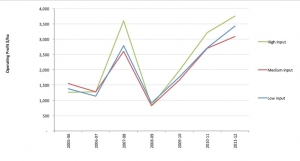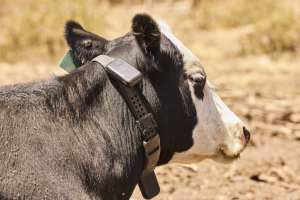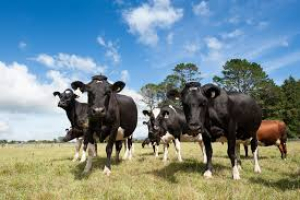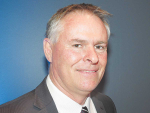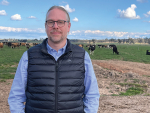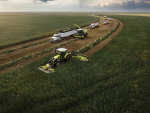The Oxford Dictionary defines risk as a situation involving exposure to danger or loss. Almost everything we do in life carries an element of risk. The risk associated with farming is generally a result of either, a. the cows producing less milk (we will call this production risk), b. the milk being worth little relative to the cost of production (we will call this market risk), or, c. a combination of the two.
a. Production risk
Because pasture comprises at least 85% of the total diet for most New Zealand dairy cows, fluctuations in the quality and quantity of pasture can have a large impact on milk production. It can also impact financial performance because:
In a pasture-based system many of the major costs such as land, plant and machinery and labour are fixed regardless of production level.
The availability and price of supplements bought on the spot market varies considerably, with the price being highest when pasture supply is lowest and the demand is high.
Planning ahead and strategically adding in low-cost supplementary feeds such as home-grown or contract-bought maize silage can significantly reduce production risk by providing a secure source of low-cost feed.
Hybrid maize, a deep-rooted C4 plant, is much more drought tolerant and 2-3 times more water-efficient than ryegrass. Maize yields are more reliable than summer ryegrass yields and, providing it is well stacked and covered, maize silage can be stored for several seasons and fed when required.
b. Market risk
We are all too aware that fluctuations in the payout can dramatically impact on farm income and profitability. Individual farmers can influence the price they receive for their milk, taking advantage of shoulder milk premiums and feeding (and/or breeding) for increased protein yield. However gains are small relative to the large fluctuations in milk price as a result of global market forces.
While many acknowledge that high input systems are more profitable in high payout years, it has been proposed they are less profitable when the payout drops. Data presented by Matthew Newman (senior economist, DairyNZ) at a recent Waikato high input farmer discussion group shows that in fact this is not the case. High input farms (system 4 and 5) were more profitable in the high payout years than the medium input (system 3) and low input farms (system 1 and 2), but had similar profitability in the low payout seasons.
These high input farmers have reduced both production and market risk by building profitable systems that carry a buffer of low-cost (often home-grown) feed. They are financially viable in low payout years, but also well poised to take advantage of the potential upside when the payout lifts.
In my experience the most successful high input farms have several things in common: they plan ahead, they grow and feed as much home-grown feed as they can, they control costs, especially expenditure on capital items that will not generate a return, and finally, they keep supplementary feed costs under control by growing their own maize silage (or contracting it on an annual basis) and they are careful how much they spend on high cost feed inputs, particularly in the low payout years.
In my experience the most successful high input farms have several things in common:
They plan ahead
They grow and eat as much home-grown feed as they can
They control costs, especially expenditure on capital items that will not generate a return
Finally, they keep supplementary feed costs under control by growing their own maize silage (or contracting it on an annual basis) and they are careful how much they spend on high cost feed inputs, particularly in the low payout years.
• Ian Williams is a Pioneer forage specialist. This email address is being protected from spambots. You need JavaScript enabled to view it.





